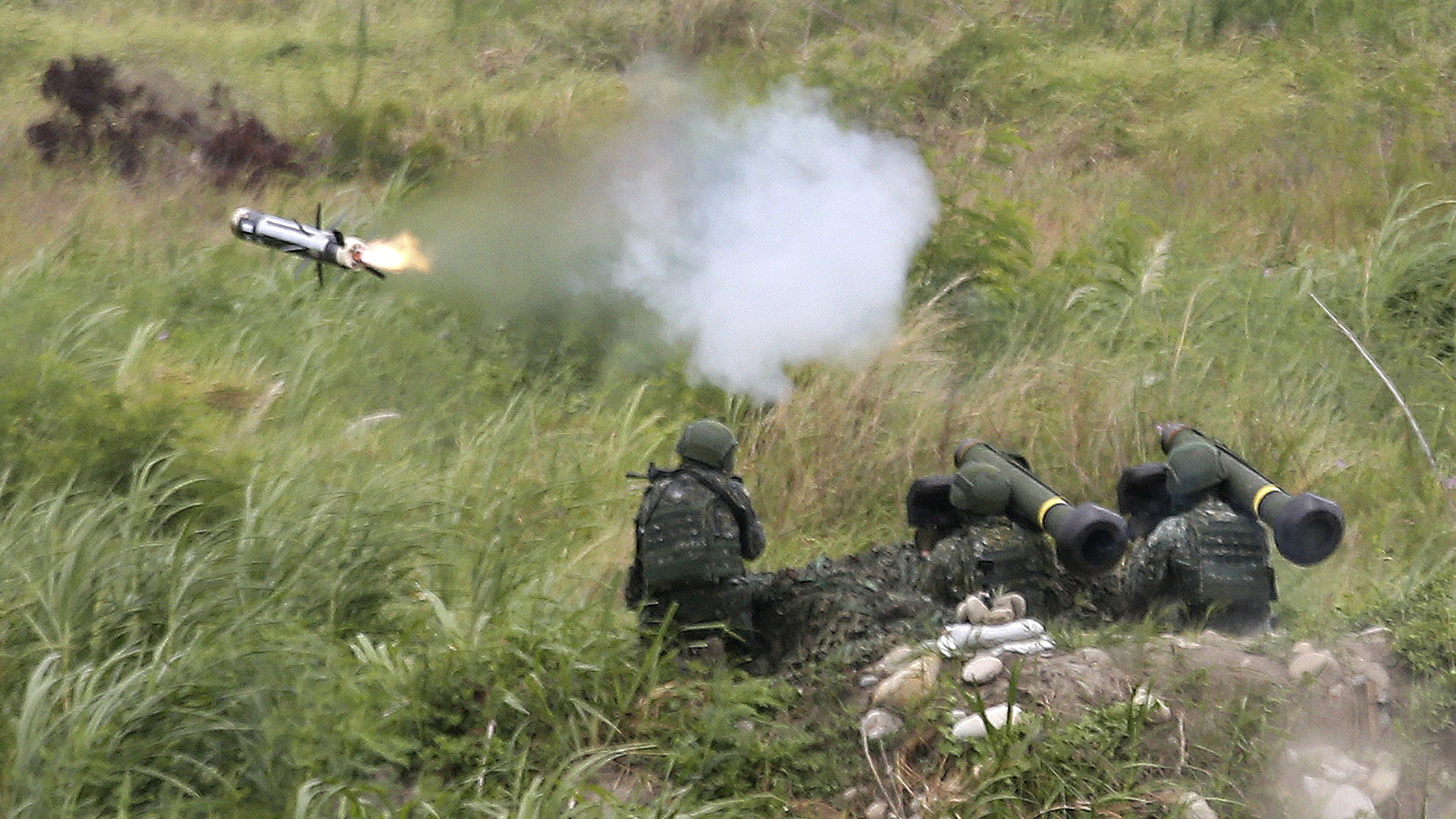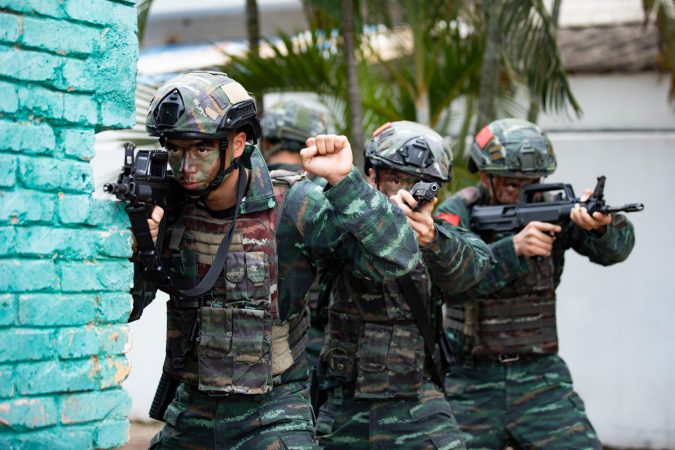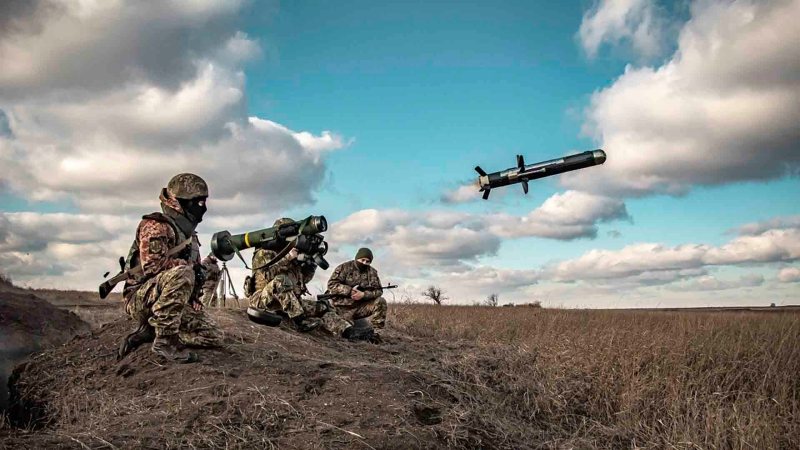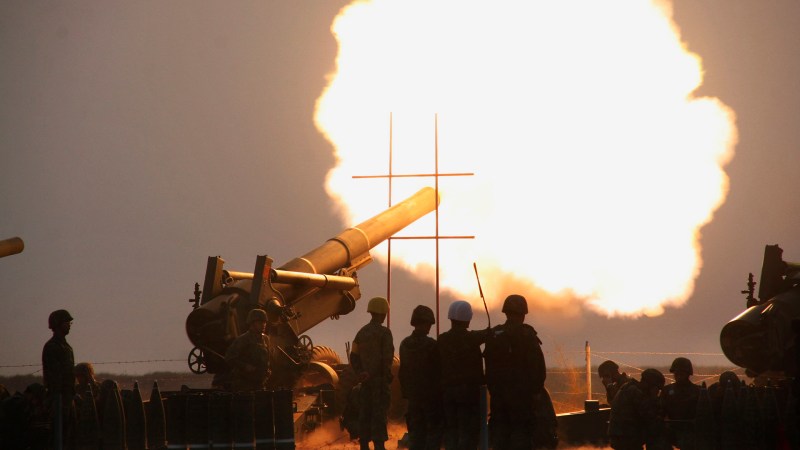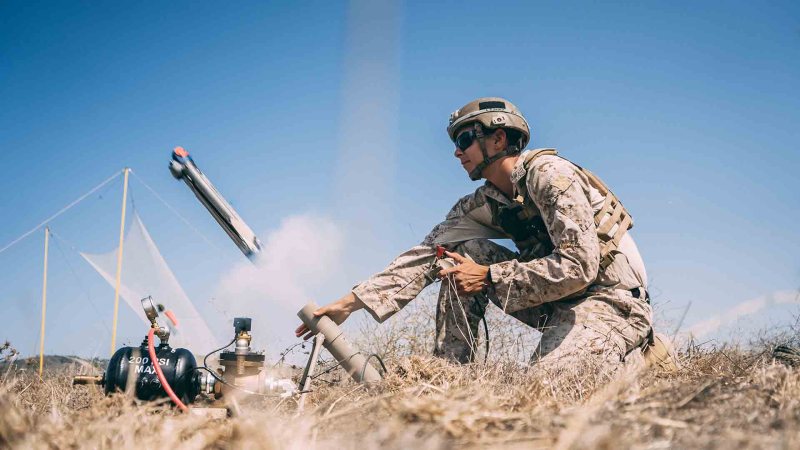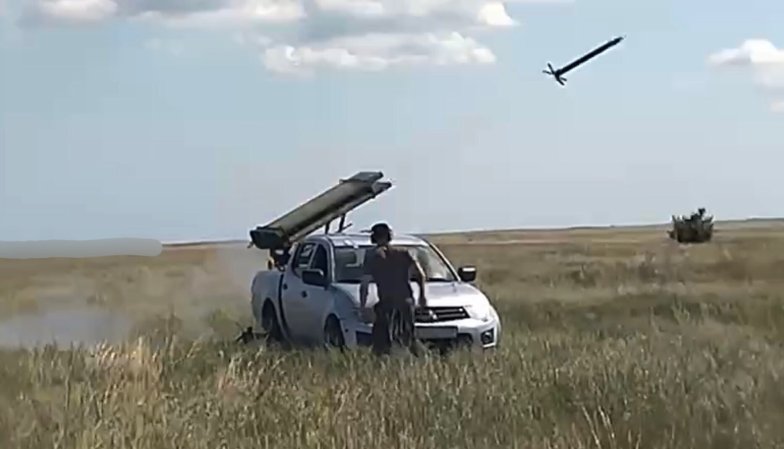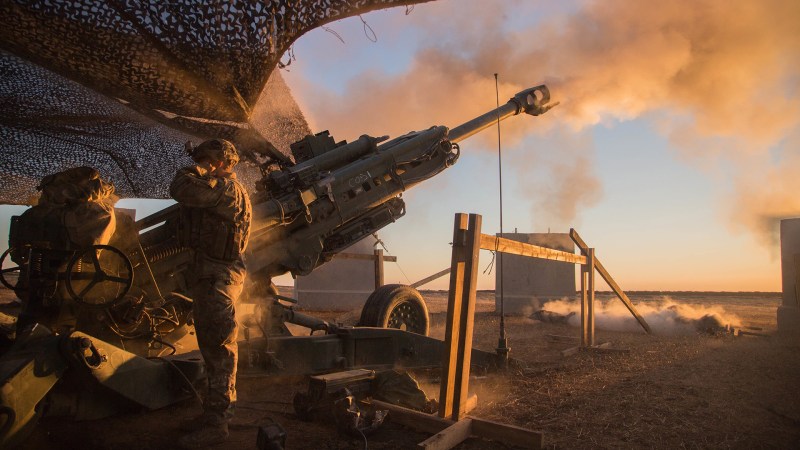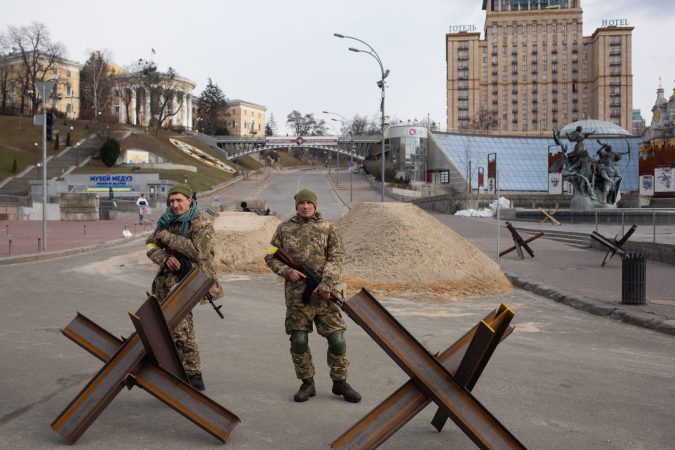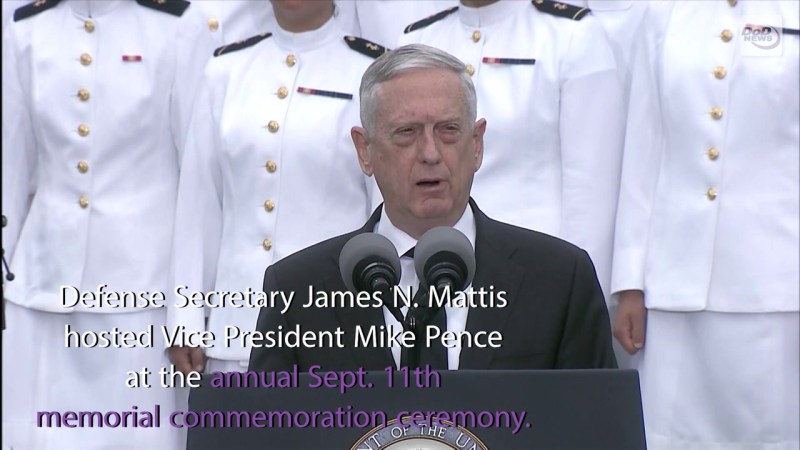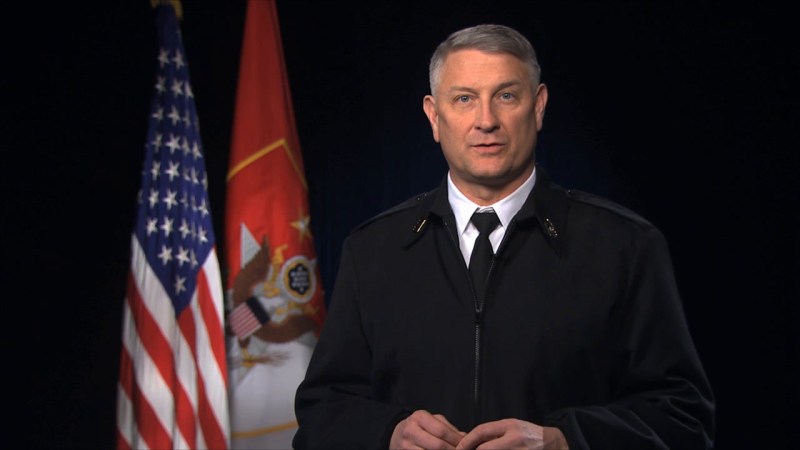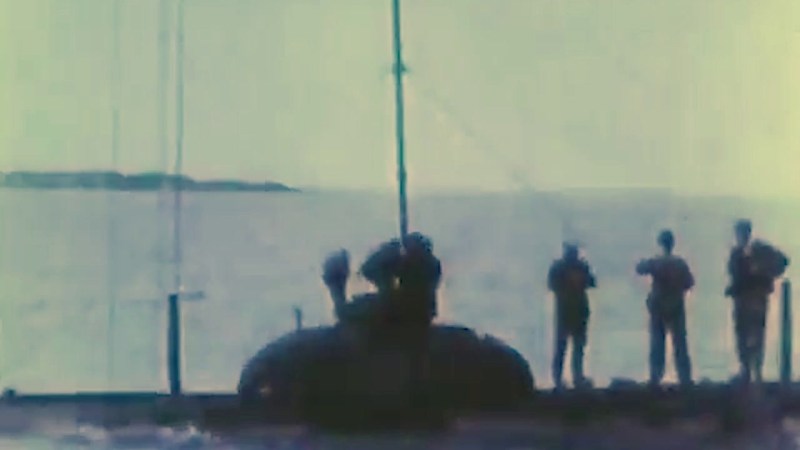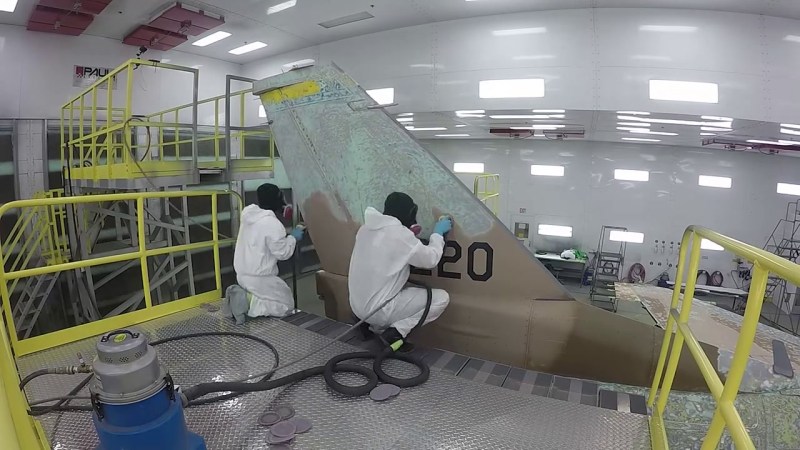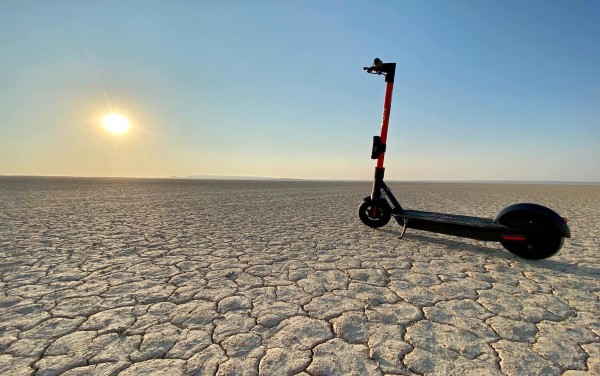President Joe Biden’s administration reportedly wants to arm Taiwan with the same types of portable weapons that the United States and other NATO members have been providing to Ukraine, such as Javelin and Stinger missiles.
Politico and the New York Times have reported that the U.S. government has accelerated its efforts to make Taiwan harder for any invader to swallow – like a porcupine – based on lessons learned from Russia’s invasion of Ukraine. Not only have U.S. officials urged Taiwan to buy portable weapons systems that would be harder for China to target, but the State Department also indicated it would not respond to Taiwan’s request for MH-60R Seahawk helicopters, which can be used to attack submarines and surface ships, both media outlets reported.
Both the National Security Council and Pentagon deferred questions to the State Department about which weapons systems the U.S. government intends to provide to Taiwan.
The U.S. government support’s Taiwan’s strategy of preparing an asymmetric defense of the island, said a State Department spokesperson, who declined to provide any information about ongoing discussions about possible arms sales to Taiwan.

Not all weapons systems would meaningfully contribute to Taiwan’s defense strategy, said the spokesperson, who spoke on condition of anonymity due to the sensitivity of the issue. Since 2017, the United States has sold Taiwan more than $18 billion in weaponry.
Subscribe to Task & Purpose Today. Get the latest in military news, entertainment, and gear in your inbox daily.
The Ukrainians have proven to be very skilled at using Javelins and other anti-armor missiles to destroy Russian tanks. They have also effectively used Stinger missiles to shoot down Russian helicopters. Now, they are getting Switchblade and Phoenix Ghost drones, which can loiter above the battlefield and then strike targets that include Russian armor.
One major lesson from Russia’s invasion of Ukraine that applies to Taiwan is that it is vital to prevent an adversary from achieving air superiority, said Timothy Heath, a senior international defense researcher at the RAND Corporation, a nonprofit research organization.
“Arming and equipping Taiwan with surface-to-air-missiles, in general, I think is a valuable and useful idea,” Heath told Task & Purpose. “MANPADS [man-portable air-defense systems] – or Stingers – are part of that solution. The limitation of Stingers is they have a relatively modest range. What Taiwan probably needs – in addition to that – is medium-range and longer-range surface-to-air missiles to keep the PLA [People’s Liberation Army] efforts to seize air control in check – or at least keep it contested.”
The State Department approved a $100 million sale in February to help Taiwan maintain and improve its Patriot missiles, followed by another $95 million sale of equipment and training for Taiwan’s Patriot missiles in April.

Heath said that Javelins could also allow Taiwanese troops to destroy Chinese amphibious vehicles before they could make it ashore.
“We’ve seen that the ability of the Ukrainian military to destroy larger numbers of armor contributed to a stalling of the Russian offensive,” Heath said. “Similarly in the Taiwan Strait, heavy losses in aircraft, shooting down air transport aircraft that are trying to bring airborne troops and air assault troops, and then sinking large numbers of amphibious vessels – these are all, I think, valuable ideas. Dollar for dollar, I think these are good investments and they would be money well spent.”
However, Stingers and Javelins would mostly be used for ground combat instead of preventing the Chinese military from getting to Taiwan, said retired Navy Capt. Thomas Shugart, a military innovation expert with the Center for a New American Security think tank in Washington, D.C.
If the People’s Liberation Army can get troops ashore and then resupply those forces, they will eventually be able to take Taiwan, Shugart told Task & Purpose.
“The war may be won or lost on land, but it’s going to be decided in the air and on the sea,” Shugart said.
To prevent Chinese troops from making it ashore, Taiwan needs smart naval mines and anti-ship missiles that can specifically target amphibious assault ships, said Shugart, who explained the Chinese would be expected to use fishing boats and other vessels as part of an invasion force to serve as decoys for Taiwan’s defenses.
Some of the weapons that could potentially help Taiwan select and destroy Chinese ships carrying invasion troops include the Long-Range Anti-Ship Missile and Naval Strike Missile, he said.
While Taiwan might be able to defeat the People’s Liberation Army on the beaches, China will win if it can gain air superiority and control of the Taiwan Strait, allowing it to resupply and reinforce its invasion troops, Shugart said.
“I don’t see how the Taiwanese army could withstand the capabilities the PLA could bring to bear,” Shugart said. “The PLA is just much, much larger than the Taiwanese ground forces are.”

A spokesman for Taiwan’s diplomatic mission in Washington, D.C., declined to comment.
The U.S.-Taiwan Business Council, an independent trade association funded by American companies, has had doubts about the Biden administration’s approach to arming Taiwan since it was briefed on the matter by a State Department official in March, said Rupert Hammond-Chambers, the group’s president.
“Frankly, the first red flag on the matter was their inability to define what ‘asymmetric’ is or what it means – they have no definition and/or refuse to give us one,” Hammond-Chambers told Task & Purpose.
Hammond-Chambers also claimed that the Biden administration is dictating to Taiwan what types of weapons systems it is allowed to purchase.
He added that while the Biden administration is focused on helping Taiwan respond to only one type of scenario – a full invasion – Taiwan also needs to prepare for a range of possible Chinese actions including a grey-zone conflict that does not rise to the level of a conventional war.
“This is policy paternalism and policy direction,” Hammond-Chambers said. “The Biden administration is telling Taiwan: This is what’s going to happen. This is not a discussion over the efficacy of one program over another. The U.S. is placing in front of Taiwan direction and saying: This is the direction you’re going to go.”
The latest on Task & Purpose
- The Marine Corps is headed for a pilot exodus
- ‘The king of battle’ — How US artillery in the hands of Ukrainians may reshape the war with Russia
- Marine intel instructors got caught calling students ‘whore’ and ‘slut’ in private chat. No punishment was recommended
- How to pass the new Air Force fitness test, according to a guy who oversaw 600 of them
- ‘Dirt boyz,’ ‘Port Dawgs,’ and ‘Red Horse’ — A guide to Air Force lingo for the rest of us
Want to write for Task & Purpose? Click here. Or check out the latest stories on our homepage.

